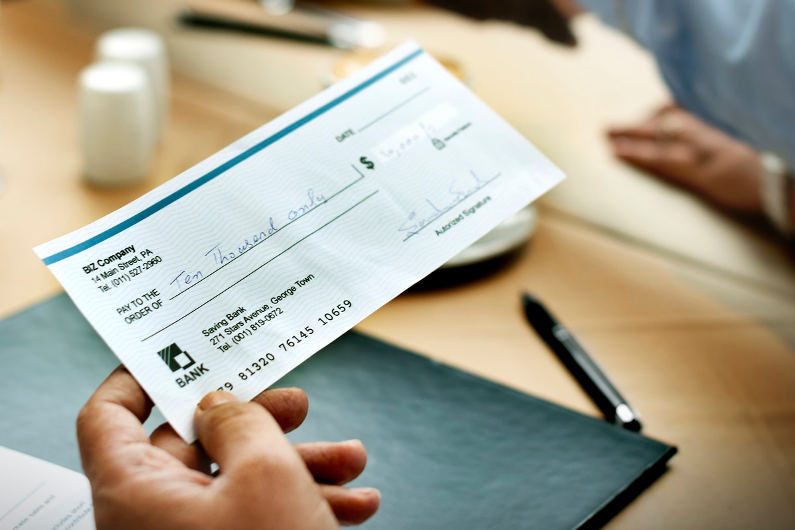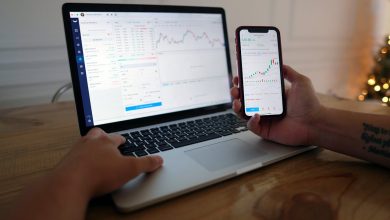
What Is the Difference Between Personal Checks and Business Checks?
While the business and personal checks may often be used to pay similar expenses, their source of funds differs, resulting in critical differences. Business checks are drawn against a business’s checking account, while a personal check is drawn against a personal checking account. This is just one differentiating aspect, with the following guide breaking down other distinctions.
Usage
Personal and business checks have different uses, with the former often used for personal needs while the latter is used for company transactions. A few areas that you can utilize your personal check include paying utility bills, paying college tuition, and covering your loved one’s medical bills. Additionally, this check will also come in handy when you need to repay personal debts, pay your mortgage and rent and make payments for loans.
Common areas that you can business checks include repaying a business loan, employee payroll, and making payments for business purchases. If you also need to pay your vendors, this check will be ideal, allowing you to pay your federal and state taxes. Business utility payments can also be paid with a business check.
Design
Personalized checks are customized with each user’s tastes and preferences, making their designs diverse. You will likely find various images in these checks, namely floral prints, animals, and landscapes. These checks are meant to showcase individuality, hence their customizable features.
Due to their use in the professional scene, business checks will often opt for simplicity. With this in mind, their designs will seek to promote their branding image, with a few details in these checks being the company’s name, logo and address. Visuals such as floral prints and colorful photos will often be omitted as these do not depict professionalism.
Cost
Personal checks are readily available, making them a cheaper alternative for individual transactions. The prices will often vary based on the intricacies of the design. The number of cheque leaves per book will also be critical, with more leaves amounting to a slightly higher cost.
Business checks are generally more expensive than traditional banks, and large retail companies issue these. In addition to this, high production costs may also be linked to their pricing, making them more expensive. Apart from the standard security features like microprint signature lines and security screens that all checks have, business checks typically include additional features. These include bleed-through numbering, pantographs, and thermochromic ink.
The Size of Checks
Business checks are typically larger than personal checks. Due to the extensive size of the former, it makes them easier to print. It also creates more room for users to write out all information required for use for business purposes. On the other hand, personal checks are designed to fit in everyday wallets, hence the smaller size.
Payee Information
For convenience, users can leave out payee information on personal checks. The payee will then be required to fill out details such as their name, the account number, the date, and occasionally the amount to be transferred. This is not the case with business checks, with the payee details often filled out by the payer for validation purposes.
While business checks are helpful for business purposes, personal checks are much more suited to every personal use, making them a necessary part of everyday living. Based on your needs, you can customize your checks, allowing you to showcase your individuality without limitations. This, therefore, makes them an essential alternative to have on hand.



